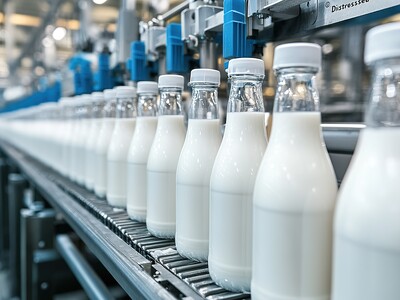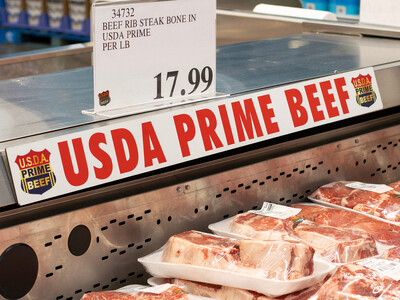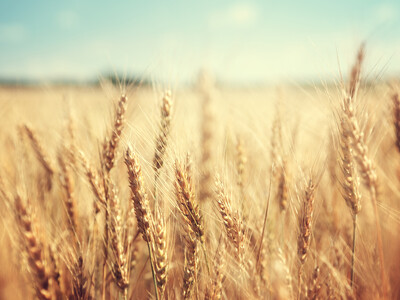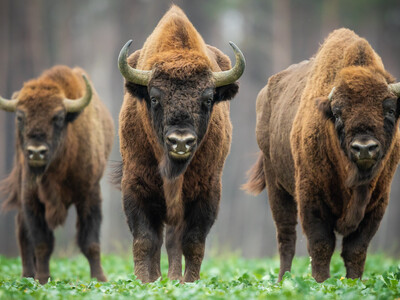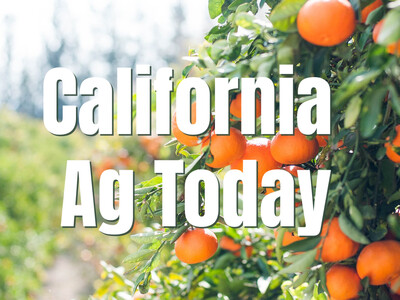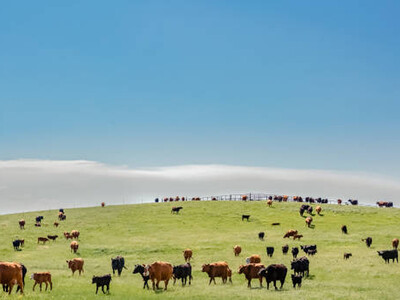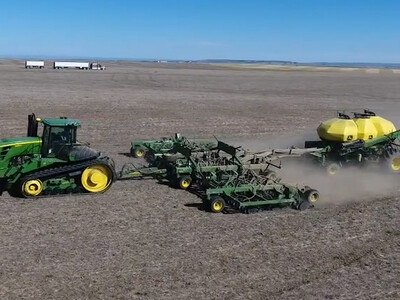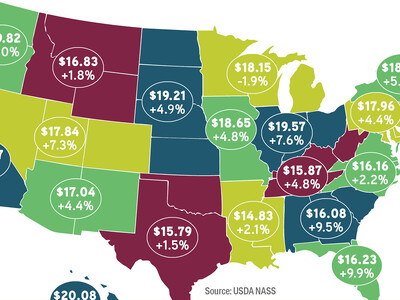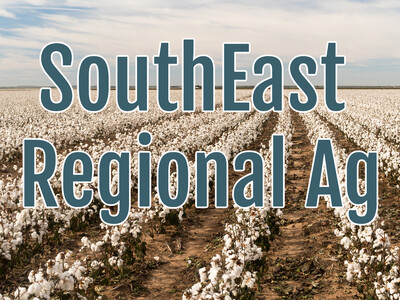Still Depending On Water
Still Depending On Water. I’m Greg Martin with today’s Line On Agriculture.
JOHNSON: When you look at the value of
About 85 percent of the value of all
JOHNSON: A lot of times, that type of land gets a bad rap in terms of irrigated agriculture. But remember, that is just an element of the cattle and livestock industry, which is a top five commodity year in and year out. Most of that production is going to feed livestock, which is a high value crop.
While the actual number of farms using irrigation is down a bit in the past five years, the amount of acreage is up. The survey also shows Oregon as one of the leaders in water conservation as many farmers and ranchers have gone to more efficient water delivery systems such as low-flow sprinklers and drip irrigation. Johnson says
JOHNSON: We were a bit over 16-thousand acres in 2003. When you look at 2008, we were up to 81-thousand acres. That's not necessarily an indication of smaller farms getting into irrigation, because it's not. It's larger farms getting more efficient.
Johnson is pleased to see no big drop in the number of irrigated acres in
JOHNSON: I'm always concerned about losing water that is earmarked for irrigation and for other agricultural uses to non-farm uses, whether it be urbanization or the like. So to see this number steady, it makes me feel a lot of better in terms of the industry holding its own and keeping a critical mass of water available for irrigated agriculture.
That’s today’s Line On Agriculture. I’m Greg Martin on the Northwest Ag Information Network.




